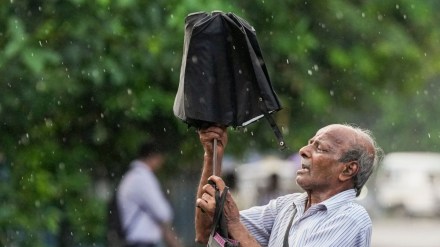India needs to improve the way it forecasts power demand if it wants to inject more renewable energy into the grid while avoiding blackouts, said Ghanshyam Prasad, chairman of the Central Electricity Authority on Friday.
The risk is the country ends up with stressed assets, something that the thermal power sector has experienced, he said at the BloombergNEF summit, adding that around 40 GW of renewable energy capacity is stuck and yet to find offtakers.
Prasad said that the country is working to significantly improve the accuracy of its weather forecasting systems to meet the growing demands of the RE sector.
The challenge of Inaccurate forecasting
Currently, India’s forecast resolution – the precision of weather predictions over small time intervals or areas – does not match 15-minute operating cycles of the power grid, where weather conditions can shift rapidly, he said. The goal was to improve the resolution to the minimum possible distances.
In addition, the government is also focusing on building long-term predictive tools that can aid planners in projecting weather trends over multi-year horizons.
“Across the world, nobody has that kind of visibility to forecast weather for that kind of horizon. But we are trying to build long-range forecasting tools which can give us at least some projections,” Prasad said.
This year, CEA had projected the peak power demand to touch 277 GW. However, due to almost continuous rains throughout the country, peak demand reached only 242 GW as compared to 250 GW last year.
Grid readiness and ambitious targets
Prasad also noted that the country’s existing and planned power transmission lines will soon be able to handle 478 GW of green energy capacity. The remaining grid infrastructure to help the country achieve its goal of 500 gigawatts of clean electricity installations by 2030 will be in place within three years, he added.
The peak demand for power is unlikely to touch the projected 277 GW this summer as intermittent rains have reduced the use of cooling appliances such as air conditioners, Prasad told PTI.
Prasad also said that 277 GW was not a target, but a projection made for a scenario where rains were insufficient.
“We had kept our resources ready so that, if demand reached that level, we would be able to meet it,” PTI reported quoting Prasad.
He further said that since it has been raining continuously this time, power demand has not picked up. April, May, June, and July witnessed widespread rainfall, which has continued into August. Normally, in the northern region, rains arrive after July, but this year they began much earlier and have persisted, he added.
